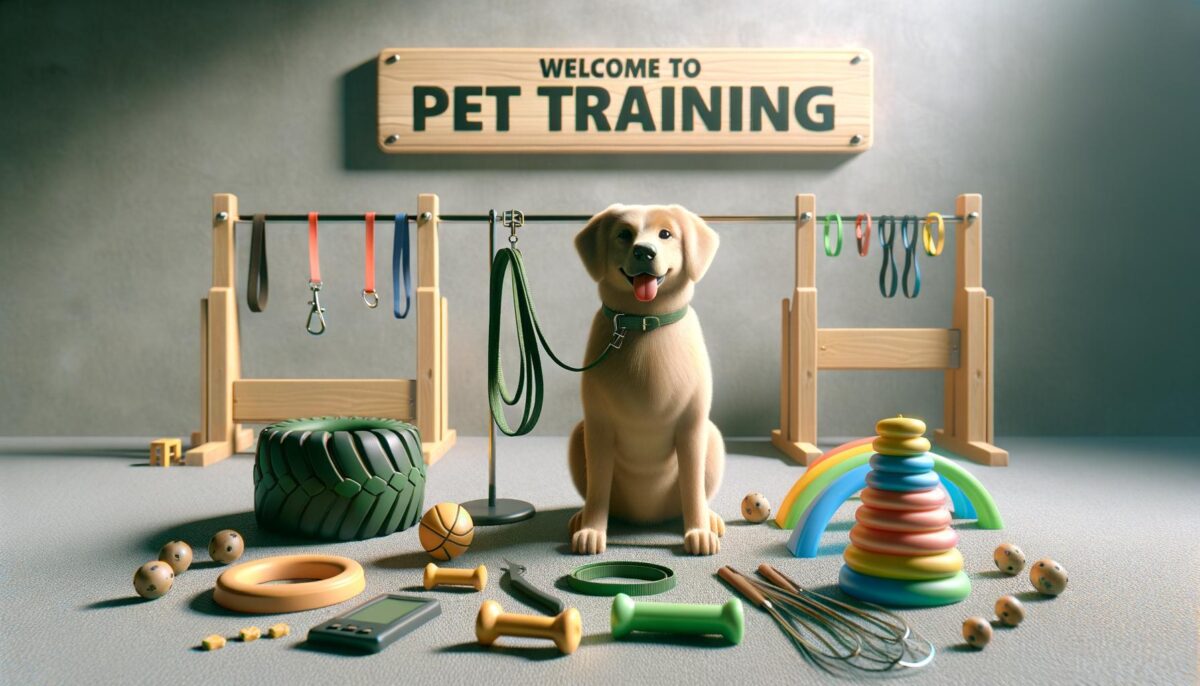The Importance of Pet Training
Pet training is not merely a luxury but a necessity in ensuring a well-behaved and harmonious pet-owner relationship. Proper pet training helps to instill manners and obedience in pets, which makes them not only delightful companions but also safe to be around family and friends. When considering pet training, it’s vital to understand that it serves multiple purposes that include behavioral management, mental stimulation, and establishing a robust communication line between pets and their owners. The ultimate goal of pet training is to foster a pet’s socialization skills and its ability to fit comfortably into the household environment.
Basic Commands and Techniques
Training in basic commands forms the bedrock of effective pet training. While training pets, it is important to focus on a few essential commands like ‘sit,’ ‘stay,’ ‘come,’ and ‘leave it.’ Consistent practice will help in reinforcing these commands effectively. Techniques such as positive reinforcement, where pets are rewarded for good behavior, can make the training sessions enjoyable and fruitful. Common rewards can include small treats, toys, or even praise, which motivate pets to repeat the desired behavior. This approach not only strengthens the learning curve but also maintains a happy and motivated pet.
Exercise for Pets: An Integral Part of Training
Including regular exercise for pets in their training regimen is crucial. Exercise not only helps in keeping a pet physically fit but also aids in channeling any excess energy, reducing the likelihood of behavioral issues. Regular physical activity can include walks, interactive playtime with toys, or even agility exercises tailored to the pet’s size and breed. Pets with a routine that includes exercise are more likely to respond positively to training, as they are mentally and physically stimulated, preventing any disruptive behavior caused by boredom or anxiety.
Advanced Training and Challenges
Once a pet has mastered the basic commands, it might be time to move on to advanced pet training techniques. This level of training can include activities such as teaching pets to assist in household tasks or participate in sports such as agility or obedience trials. Advanced pet training challenges both the pet’s mind and body and requires a higher level of patience and consistency from the owner. It’s essential to remember that advanced training is as much about strengthening the bond with your pet as it is about imparting new skills.
Maintaining Consistency and Patience
Consistency and patience are crucial elements in any pet training journey. It’s important to maintain a consistent schedule and use similar methods during training sessions. This familiarity helps pets understand what’s expected of them, promoting a quicker learning process. Likewise, patience plays a key role, especially when faced with challenges or setbacks. Training sessions should always end on a positive note, ensuring that the pet remains eager for future interactions. Owners who remain calm and steadfast in their approach are likely to see rewarding results from their efforts.
Conclusion
Effective pet training extends beyond teaching basic commands; it is about building a foundation of trust and understanding between pets and their owners. By incorporating consistent training practices, regular exercise, and a combination of basic and advanced training techniques, pet owners can ensure a healthy, dynamic, and fulfilling relationship with their pets. Whether you’re starting with a new puppy or refining the skills of an older pet, the journey of pet training is an enriching experience that benefits both the pet and the owner.
